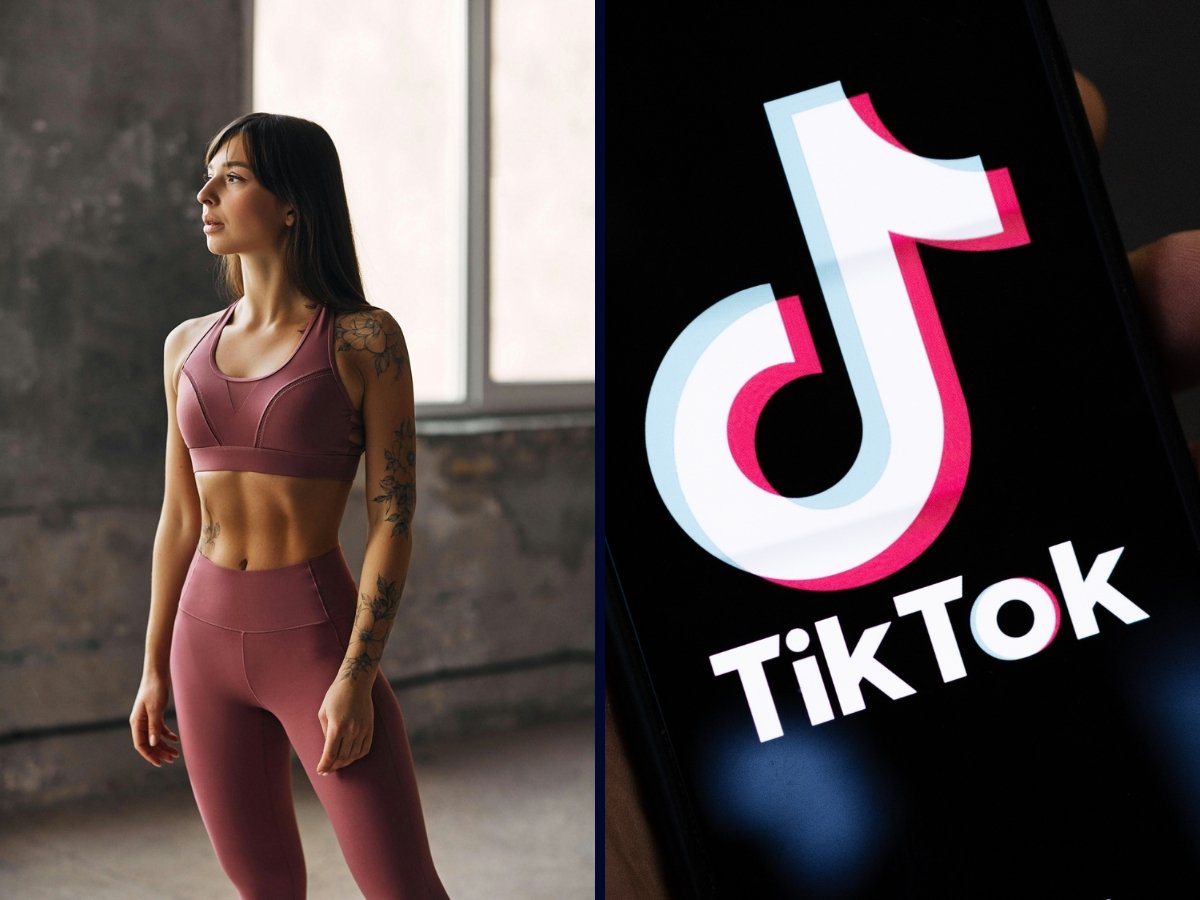In early 2024, TikTok found itself at the center of a new controversy with the emergence of the “legging legs” trend, which quickly spiraled into a significant backlash due to its potential harm to users’ mental health, particularly those with eating disorders. Let’s look into the trend’s implications, the platform’s response, and the broader conversation about body image and social media influence.
The “Legging Legs” Trend
The term “legging legs” gained traction on TikTok, promoting an exclusive beauty standard that idealized slim legs with visible thigh gaps as the only “appropriate” legs for leggings. This concept, reminiscent of past trends like the “thigh gap” craze, faced criticism for reinforcing unrealistic and potentially harmful beauty ideals.
TikTok’s Response to the Backlash
TikTok’s swift action to ban the trend underscores the platform’s commitment to fostering a safe and supportive online environment. Searches for “legging legs” now redirect users to resources on eating disorders, a move praised by both mental health professionals and the community for its stance against promoting unhealthy body standards.
Read: South Korea’s Fried Toothpicks Craze: A Viral Trend Under Scrutiny
The Impact of Social Media on Body Image
This incident has reignited discussions on the influence of social media on body image and mental health. The proliferation of narrow beauty standards on platforms like TikTok can exacerbate body dissatisfaction, low self-esteem, and eating disorders, highlighting the need for ongoing dialogue and education on body positivity.
The Power of Counter-Movements
In response to the trend, many users and influencers launched a powerful counter-movement, sharing messages of body positivity and inclusivity. Videos and posts advocating for the acceptance of all body types and the rejection of harmful trends garnered widespread support, illustrating social media’s potential as a force for good.







